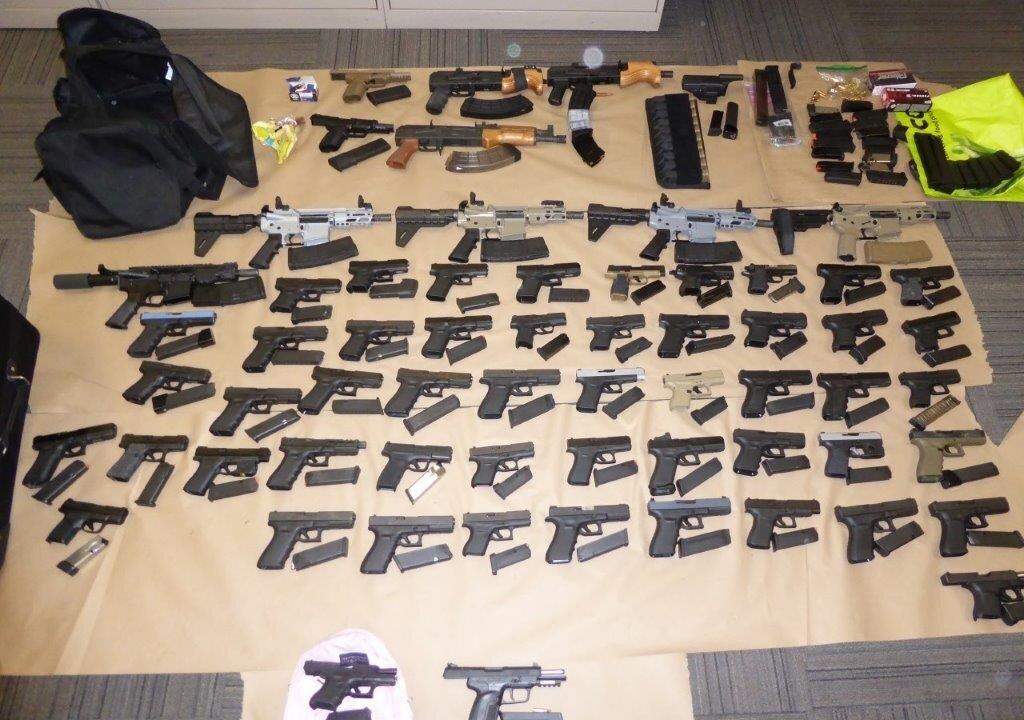Violent crime involving guns continues to rise in Canada, representing a larger share than ever before of the country’s homicides, attempted murders, aggravated assaults, and gang-related crimes, according to a new Statistics Canada report.
Violent crimes involving firearms have risen nearly 9 percent in Canada between 2021 and 2022 and are up 81 percent overall since StatCan started compiling data on such crimes in 2009.





